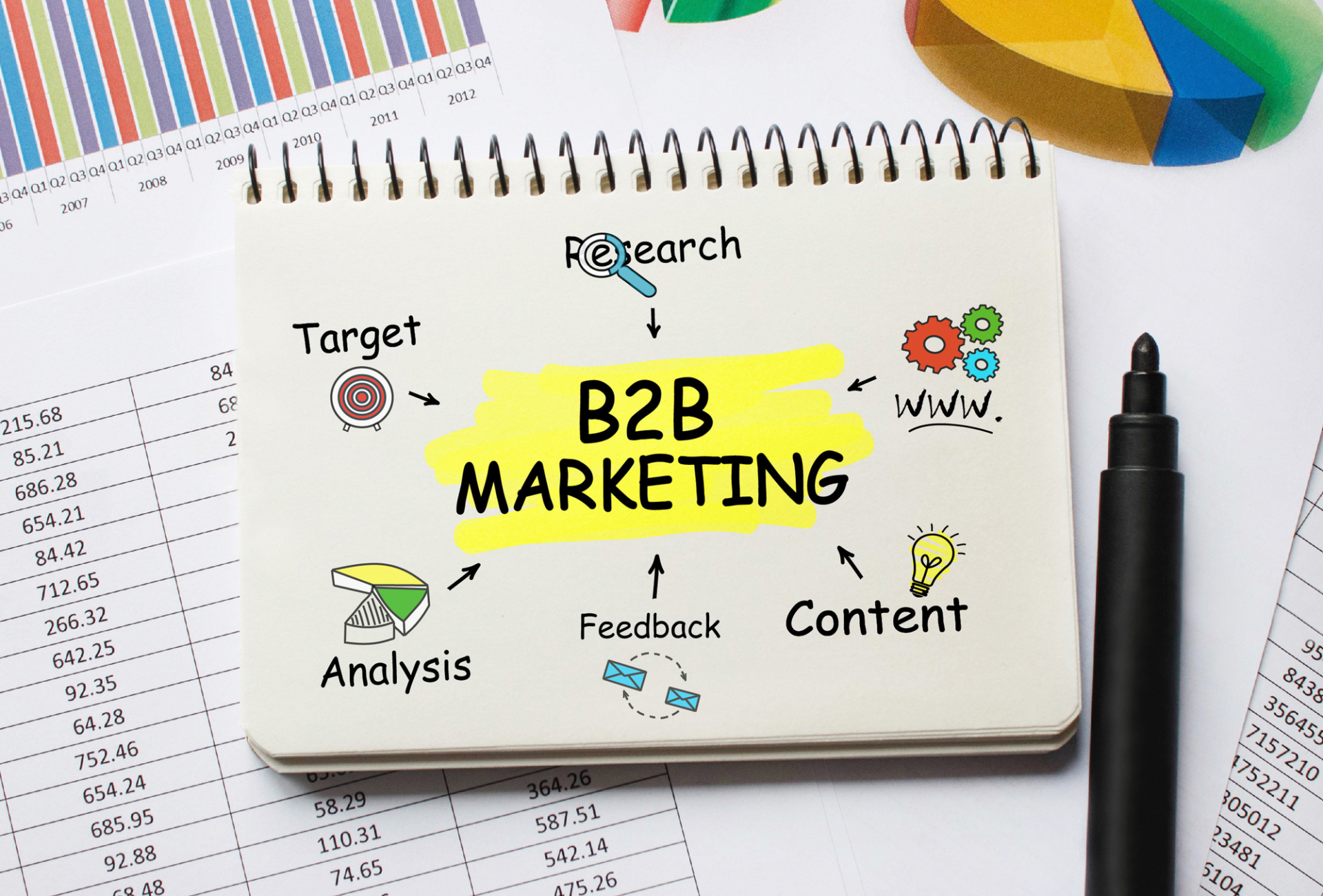SEO – done.
Content marketing – done.
Guest posting – done.
Social media Ads – done.
but despite all the efforts you just get a few cold leads every month.
What went wrong?
You replicated other industry strategies and tried implementing them.
Curating a b2b saas product marketing plan is no walk in the park, it’s one of the most strategic and complex domains and since it’s a known fact that the sales cycles of businesses are long and complex, it requires a unique approach.
Here are 3 reasons why your B2B marketing plan isn’t working and the solution you need to implement.
1. You lack a clear strategy
2. You haven’t mapped the audience journey
3. You aren’t leveraging data
Let’s dive into each one of these!
Reason #1: You lack a clear strategy
An unclear marketing plan is as good as no plan at all. It’s like shooting in the dark, hoping that it will hit the target.
Solution:
For a marketing plan to work and show results you need to have a clear strategy, for which you need to:
• Clearly define your SMART goals
• Understand the KPIs. For email campaigns, you’d want to look at open rates, CTRs, Reply rate, etc. as these will help you figure out the scope for campaign optimization. As for overall product KPIs, the following will help:
- Sign ups
- New customers acquired
- Revenue
- LifeTime Value
- Customer Acquisition Cost, etc
- Assign benchmarks to these KPIs
- Identify timelines to reach the goals
Additionally, you need to create separate plans for every marketing aspect as well, be it content marketing, Digital Marketing, social media, etc.
Reason #2: You don’t understand your target audience and their journey
A lot of SaaS companies build their product knowing and believing that there’s a need for it but very few go ahead to do an on-ground market analysis. For any SaaS company to be successful, they need to build a proper marketing plan based on:
• What are the target user personas?
• What are their key pain points?
• Do you know your target audience? Is it the same as you grow?
• Are they interacting with your product?
If you don’t have answers to these questions, all your marketing efforts will go down the drain. Additionally, B2B SaaS companies tend to primarily focus on pushing the “free trial” or “freemium” version of their product but what happens when they sign up but don’t convert into paying customers?
A well-crafted marketing plan that evaluates every point in the buyer’s journey is crucial, every buyer needs to go through unique touchpoints and opportunities until they pull out their credit cards to make the final payment.
Solution:
1. Create your buyer personas
2. Do your storyboarding
3. Dive deep into your marketing metrics
4. Create a handbook for marketing and sales with all the details in one place
5. Develop creative assets to drive lead generation
6. Understand the tactics to reach your audience – content marketing, social media, SEO, etc.
7. List out the different touchpoints to convert MQLs to SQLs
8. Use A/B testing to weed out the best strategy for reaching this audience
Knowing your audience is a stepping stone for building marketing strategies and making sure they actually work.
Reason #3: You aren’t leveraging data
Data processing takes a lot of time, agreed! But there are some key insights you can get if you are willing to invest the time and effort to analyse it. It can help you save big bucks.
Just knowing your campaign/website data isn’t enough, you need to leverage it to tweak and leverage your website or on-going campaigns.
“ 87% of B2B marketers say data is the most under-utilized asset in their company.” Imagine you’re setting aside a monthly budget for your facebook and google ads but according to the data from last one year the qualified traffic from Facebook ads is far greater than that from Google ads but you’re spending more on Google ads.
What would you do? Obviously focus more on Facebook ads and explore other social media platforms..
Solution:
You need to ensure that your business plans are based on data rather than impulsive decisions and intuitions of where your target audience is. If your plans are built on earlier benchmarks, you’re less likely to make any mistakes and will be able to not only predict the coming results but also build a roadmap to help you achieve your end goals.
Here are some of the key metrics – SaaS B2B companies can start tracking (you can track these metrics using Google analytics):
• Unique Visitors
• Total Signups
• Source of Lead
• Conversion Ratio
• Customer Retention Rate
• Website Bounce Rate
• Average Time Spent or Sessions Per User
Google Data Studio is an easy way to consolidate reports. It is essentially a one-time effort investment and can be utilized to get various baseline reports.
Conclusion
Apart from the aforementioned reasons, some other factors that might be holding your B2B company back is lack of inter-team alignment (sales, marketing, product, design, etc all should be on the same page), neglecting content and above all being afraid to make new changes. But as long as you are willing to turn things around, you’re on the right track.




